Lesson 1: How to Get Started with Digital Marketing
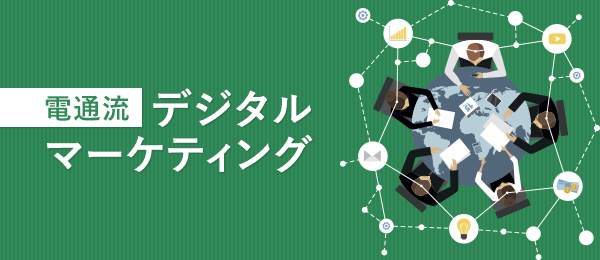
Starting in May, we launched a collaborative project with the online video learning service " schoo WEB-campus." This six-part course is designed for those looking to seriously advance their digital marketing efforts. Led by Dentsu Inc. employees active in the digital field, it introduces Dentsu Inc.'s original approach to digital marketing and problem-solving perspectives (schoo WEB-campus " Dentsu-Style Digital Marketing ").
Today, we'll review the first session, "Getting Started with Digital Marketing," and answer questions from participants.
According to one survey result (*1), only about 45% of Japanese companies have "initiated digital marketing" (including those "planning to initiate"), and only about 40% of companies "implementing digital marketing are satisfied with its effectiveness" (*2). The reality is that digital marketing has yet to achieve widespread success within Japanese companies. Therefore, we began the lecture by addressing two fundamental questions: "Why must we tackle digital now?" and "Why are we struggling to implement it effectively?"
※1: Nikkei BP Consulting Survey, September 28-30, 2015
https://consult.nikkeibp.co.jp/sp/contents/atcl/20151117_1/
※2: Adobe APAC Digital Marketing Performance Dashboard 2014 (November 25, 2014)
http://www.adobe.com/jp/news-room/news/201411/20141125_DigiDash2014.html
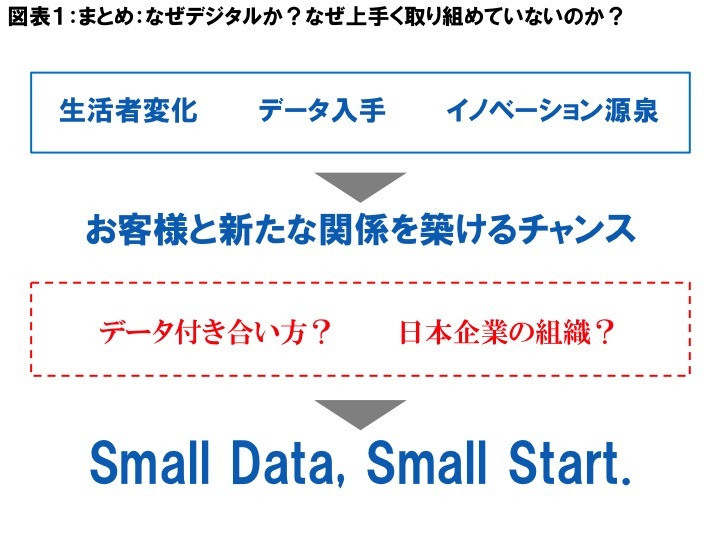
"Why must we embrace digital now?" Because digital presents an opportunity to build new relationships between consumers and brands, driven by three environmental shifts: ① Changes in how consumers access information via smartphones, ② Companies' ability to capture diverse customer-related data, and ③ Digital itself being a source of innovation for corporate transformation. However, we pointed out that many companies struggle with data management, hindering their digital transformation efforts.
Specifically, they focus excessively on efficiency and optimization through data analysis, failing to leverage data for innovation. Unique challenges for Japanese companies include "the scarcity of CMOs (Chief Marketing Officers: those overseeing all marketing)," "siloed organizational structures," and "vague KPIs." Therefore, he proposed "Small Data, Small Start" as the approach: starting digitalization with data accessible within each department, building momentum through small successes, and gradually involving others. He also emphasized that a dedicated team is essential to effectively leverage data and drive digital marketing forward.
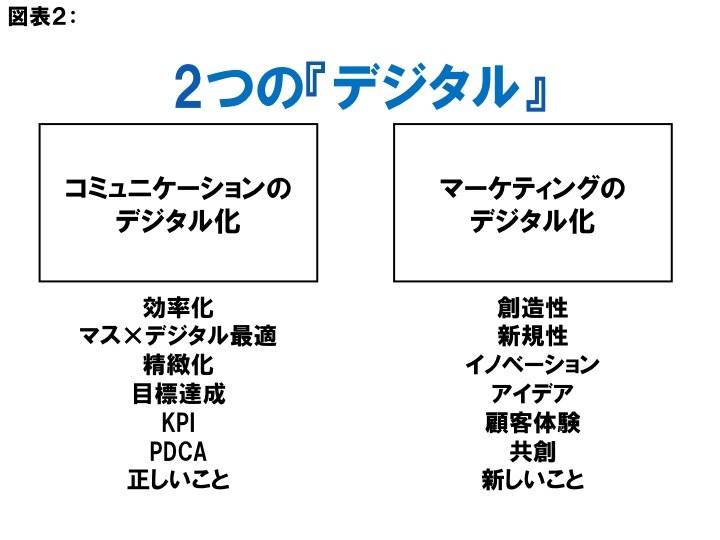

Chapter 2 introduced essential data for launching digital marketing: purchase data (for durable goods: prospect databases and customer databases), mass media × digital execution data, and sales × mass advertising × digital advertising data. While executives have the mission to "increase sales, acquire new customers, and retain existing customers," the changing digital environment raises three critical decision points: "Is our current target audience still correct?", "Is our current approach still effective?", and "Is our investment allocation between mass and digital advertising optimal?" We introduced starting by addressing each of these questions using the aforementioned data.
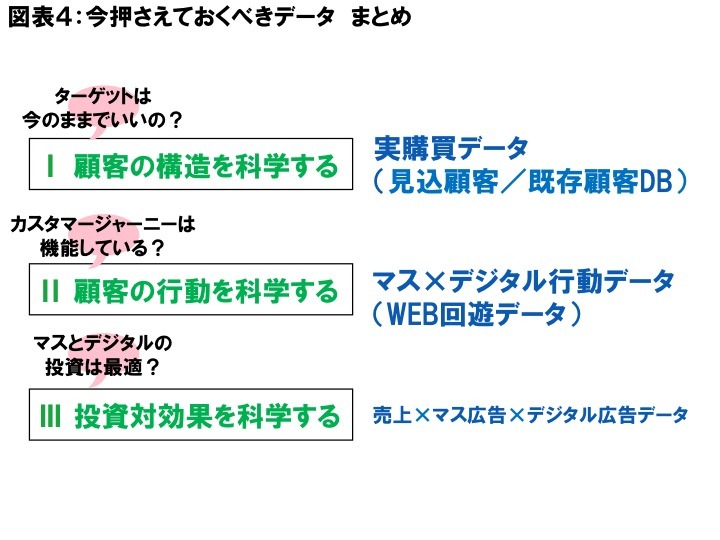
Chapter 3 then introduced the three-step approach to starting digital marketing: (1) Find promising customers, (2) Nurture customers, (3) Optimize investment. For the "Find" phase, we covered 360-degree customer analysis from new to existing customers and examining customer growth scenarios. For the "Nurture" phase, we introduced a thinking framework for identifying opportunities to nurture customers.
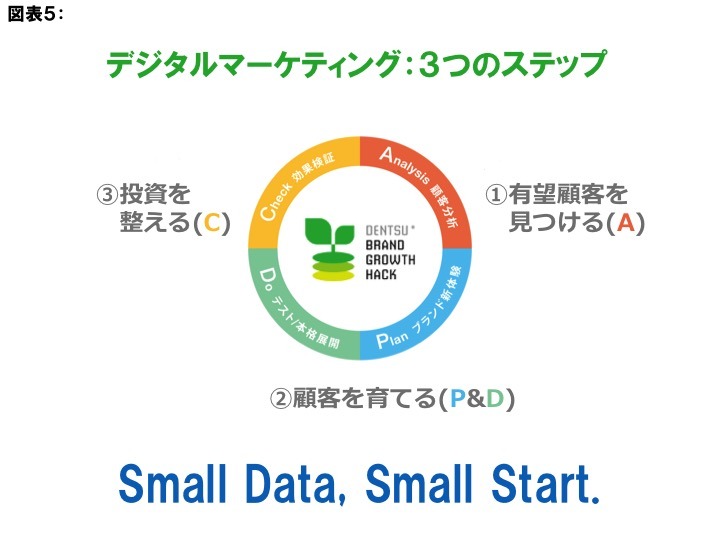
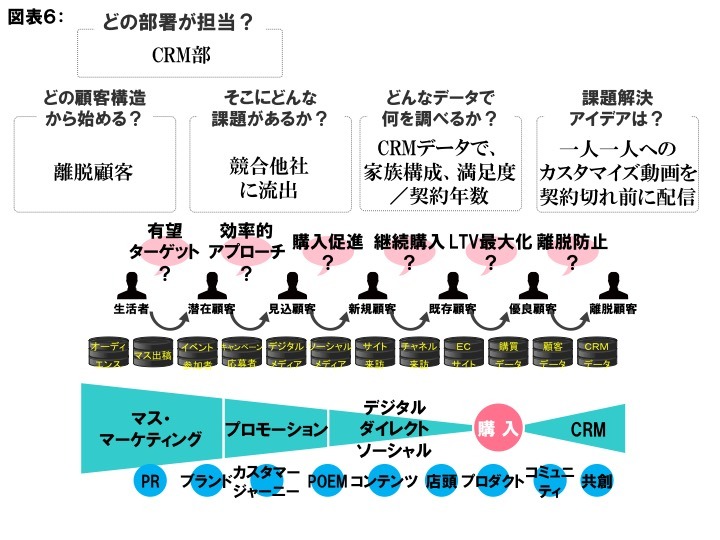
Additionally, in the "Prepare" phase, we touched on future KPIs. For more details, please check the Schoo lecture. Digital marketing is difficult to push forward all at once; it's crucial to start with "Small Data, Small Start" using readily available data around you (for this chapter, please also refer to the past series " Brand Growth Hack: The New 'Marketing × IT' Approach Guaranteeing Business Growth" ).
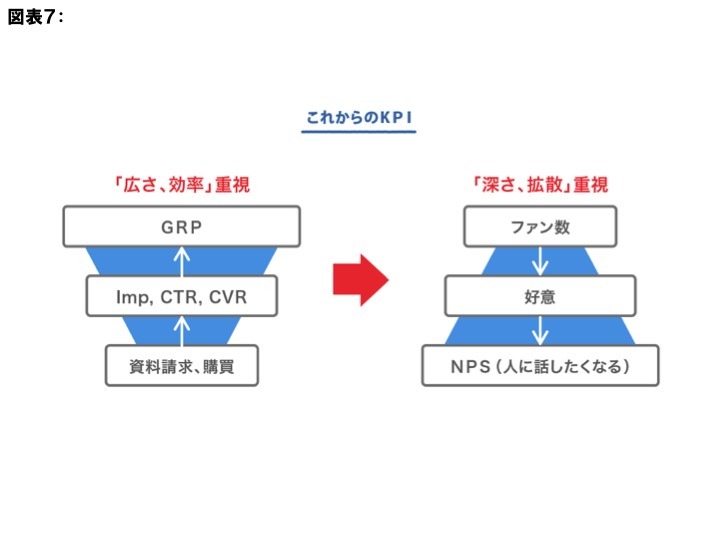
Questions from Students
We received many questions from participants in this course, so I'd like to conclude by answering a few representative ones.
Question 1: I imagine the content and difficulty of implementing digital marketing vary depending on company size. What are the challenges of digitalizing marketing in large corporations?
Answer: As mentioned in the course, the main challenges for large companies in digital transformation are: ① siloed organizational structures and ② the IT literacy gap among middle management (section chiefs, department heads).
The siloed organizational problem often leads to situations where the marketing department, which is close to customers and wants to develop new services, lacks digital or system expertise. Conversely, the IT department might focus solely on tool implementation without understanding customer needs. This prevents effective collaboration between marketing and IT to create a seamless customer experience. This issue can also arise within the same department. For example, CRM data reveals recent customer characteristics, yet operational staff may fail to share this with mass advertising or digital advertising teams targeting new customer acquisition. Furthermore, while mass advertising teams prioritize branding and awareness, digital advertising departments focus on conversion efficiency, leading to unclear priorities in collaboration and communication investment.
② The barrier of middle management's IT literacy manifests, for example, when improvement proposals using digital tools come from the field but get rejected by middle management, preventing progress. Top management faces pressure to increase sales and feels a sense of urgency to drive digital transformation as a means to that end. While frontline employees have grown up with digital devices and services, many companies struggle because middle management—particularly managers, department heads, and CMO-level executives in their 40s and 50s—face a digital barrier, making decision-making difficult.
Question 2: How can we help executives understand that qualitative metrics and diffusion-focused KPIs are important, rather than just harvesting?
Answer: While it's difficult to directly visualize or statistically prove that increases in fan counts or word-of-mouth volume directly drive sales growth, a common approach we take is to show executives raw social media posts directly or provide a simple dashboard for them to monitor daily word-of-mouth volume and positive/negative sentiment analysis. It's essential to devise ways for executives to directly engage with customer voices, helping them intuitively grasp the importance of qualitative metrics and diffusion. Since no executive ignores customer feedback, this approach proves highly effective.
Question 3: Web marketing seems easier to measure results for. When running mass advertising or campaigns simultaneously, how do you measure their effectiveness? Can you tell from big data?
Answer: As mentioned in the lecture, actionable data is now available in various contexts, and we use it for effectiveness verification. For brands with large advertising budgets, we can verify effectiveness using actual action data like "TV commercial viewership, digital ad exposure, website visits, and purchases." Even brands with smaller budgets can track digital ad exposure and website visits through actual behavior data. For TV commercial exposure and purchases, separate surveys can be conducted with the target audience. Using these survey results allows for integrated effectiveness verification of both mass advertising and digital advertising.
Question 4: Is there potential for digital to become more integrated with mass marketing or collaborate more closely? If so, under what circumstances?
Answer: Analyzing the relationship between exposure to mass and digital ads and subsequent website visits or purchases shows that in Japan, individuals exposed to both still represent a larger volume and exhibit higher purchase intent and brand favorability. Therefore, synergistic benefits exist. For example, consider a segment on a TV program introducing a product. Nowadays, program data is highly segmented and meta-tagged, allowing instant identification of when and what words were spoken. When a keyword is featured on the show, people interested in it will search online. This enables coordinated efforts, such as timing digital ad placements to coincide with that moment.
Question 5: I want to become a digital marketer with no prior experience. What should I do? (I'm currently studying for the Web Analytics Specialist (Basic) certification.)
Answer: First and foremost, it's crucial to engage with various types of data. Becoming a Web Analytics Specialist is a significant first step in that direction. Implementing Google Analytics on your company's website allows you to access actual web traffic data for free. Similarly, managing your company's Facebook page gives you daily exposure to social media data. While studying statistics and data analysis tools is important, I recommend starting by experimenting with different types of data. Ask yourself: What challenges can I identify from this data? Can I find solutions or ideas?
Question 6: I often see examples of B2C web marketing, but are there any examples of digital marketing for B2B companies?
Answer: Actually, from a digital marketing perspective, B2B companies are ahead. B2B companies have long embraced the concept of "capturing potential customers." They've efficiently approached prospects by creating databases through sales activities like hosting seminars or handling material requests, then prioritizing leads based on likelihood of conversion. Drawing from these B2B methods, B2C companies are now also building databases of potential customers among consumers and approaching them using digital techniques. Consequently, B2B companies have more abundant digital marketing case studies. Recently, approaches using marketing automation have emerged, where emails are automatically sent and content is segmented based on the likelihood of conversion for each prospect.
The 'Dentsu Inc. Digital Marketing' course is scheduled for six lectures on the dates below. The live broadcasts on these dates are free, so don't miss out.
Lecture 1: Getting Started with Digital Marketing: Masafumi Tanizawa
May 27 (Fri) - Completed, recorded lecture now available
Lecture 2: Content Marketing for Digital Marketing: Akiko Gunji
June 24 (Fri) 19:15~
Session 3: Digital Advertising Course to Avoid Technology Frustration: Koichiro Kondo
July 22 (Fri) 19:15~
Session 4: Integrating Mass Advertising and Digital Advertising: Sohei Mitani
Friday, August 26, 19:15〜
5th Period: Marketing Systems Linking Customer Experience to Business Growth: Katsumasa Yagi
September 23 (Fri) 7:15 PM
6th Period: Enriching Innovation Thinking Through Digital: Masafumi Tanizawa
Friday, October 28, 19:15〜
The next session will be on Friday, June 24, featuring "Content Marketing for Digital Marketing" by Akiko Gunji, Director of Content Marketing at the Digital Marketing Center. We hope many of you will join us.
Was this article helpful?
Newsletter registration is here
We select and publish important news every day
For inquiries about this article
Author

Masafumi Tanizawa
Dentsu Digital Inc.
Joined Dentsu Inc. in 2002. Since then, has participated in numerous president-level projects and CMO projects for various clients. Serves as a director handling both strategy and execution, spanning beyond advertising to include management and business strategy consulting, brand consulting, cutting-edge database marketing, and integrated campaign planning. Holds a Master of Business Administration. Planning motto: "Calculate meticulously, execute boldly!"

